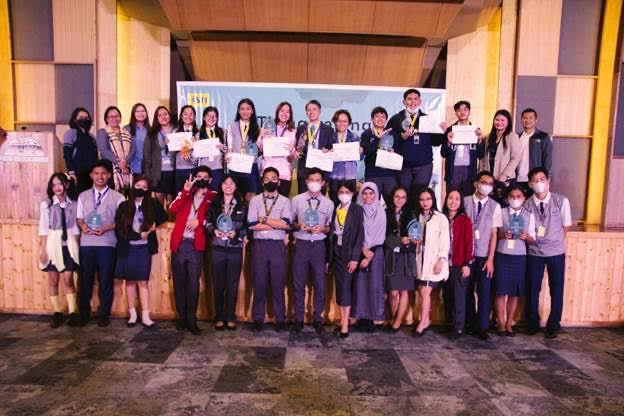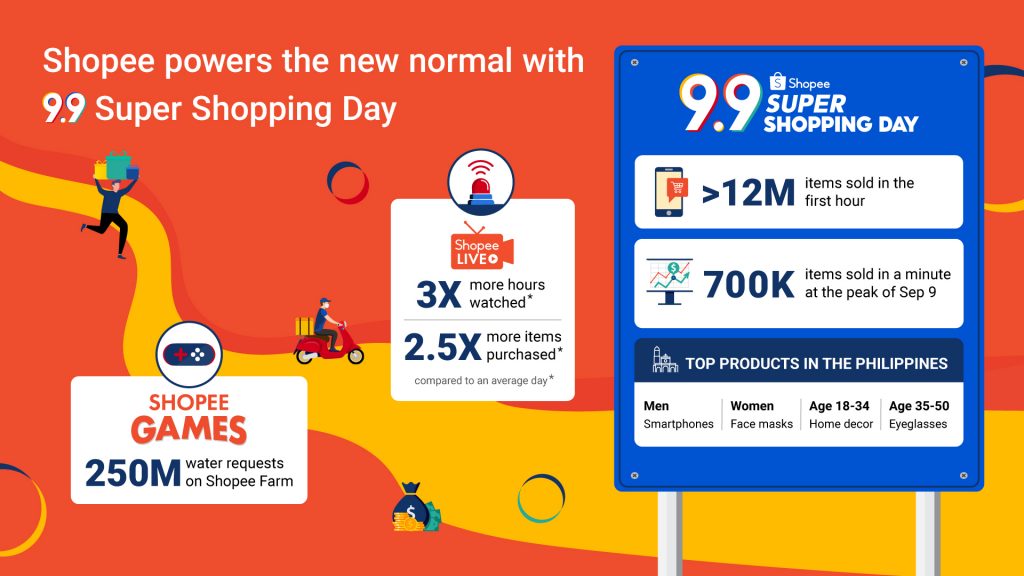GCash is the top mobile wallet used by Filipinos for cashless transactions, compromising 4.9 million out of the overall 6.4 million mobile wallet remitters in the country, according to a 2019 study conducted by The Nielsen Company.
Cashless transfers are defined as the use of any device or tool to send and receive money online, including bank transfers. Filipinos utilizing cashless transactions now compromise 19 percent or 9.3 million out of an estimated total 49 million who do money transfers.
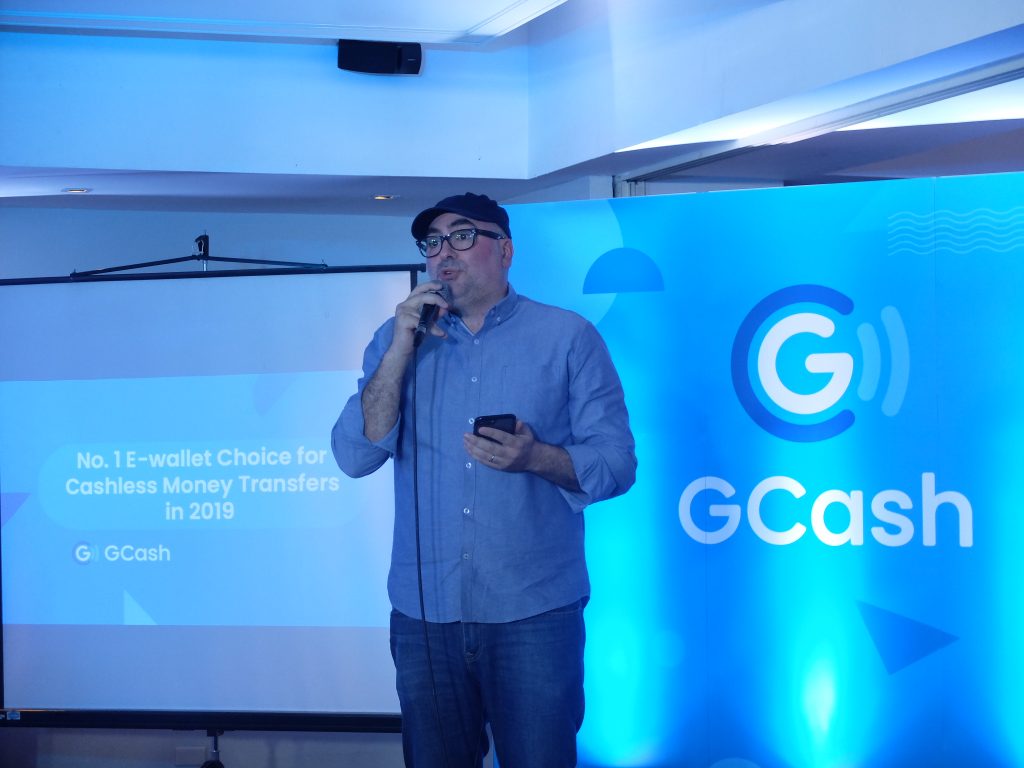
“There are 39.7 million who are still into exclusive cash-to-cash transfer and who have not tried a cashless solution. There are 2.9 million non-mobile wallet cashless remitters as well. These present a lot of potential for mobile wallets to expand and capture large, untapped segments,” said Mynt President and Chief Executive Anthony Thomas.
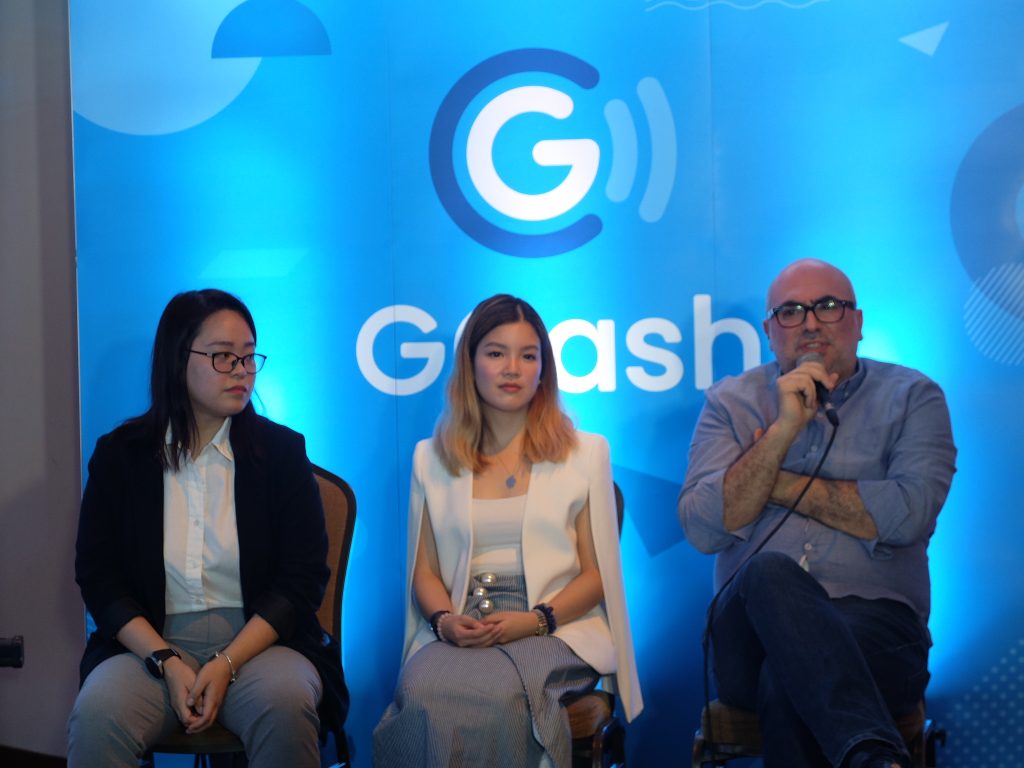
Sending allowance for children and family members is the top reason for money transfers, and e-wallets are seen to become increasingly relevant and convenience that does not disrupt but rather enhance one’s current lifestyle,” explained Thomas.
GCash as a mobile wallet offers easy cash-in and cash-out options, through debit card and linked bank accounts as well as offline at 7-Eleven, MLhuillier and many other establishments. The study also revealed that mobile wallet users prefer GCash because it charges low or no service fees for digital transactions.
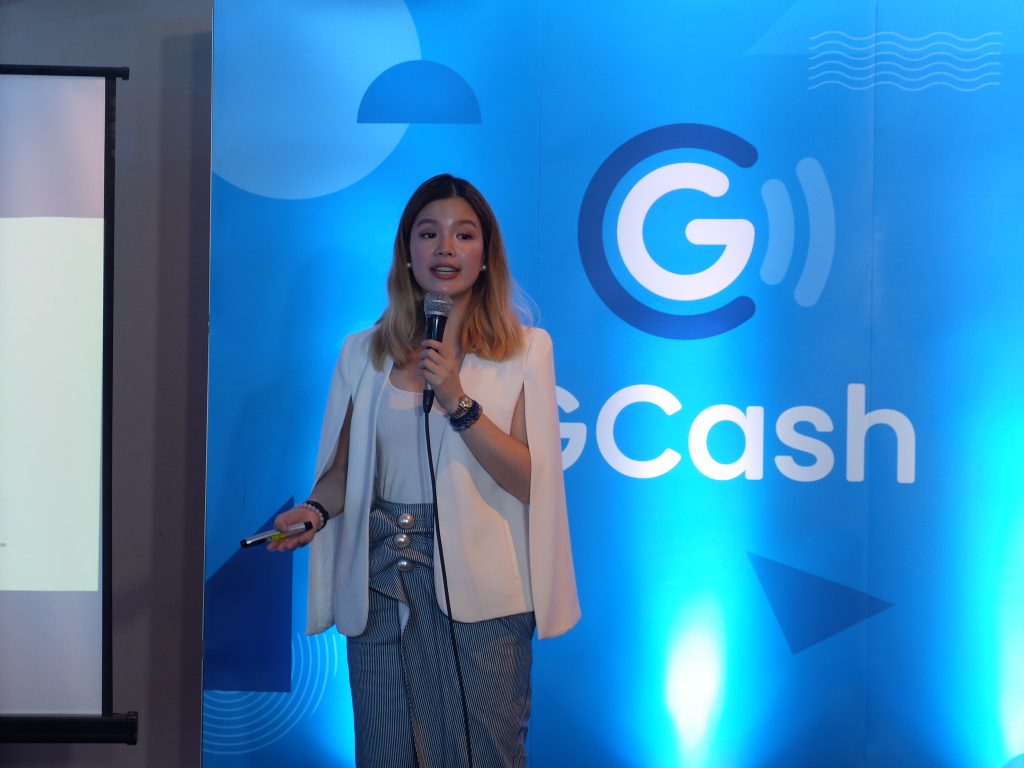
GCash being the leader in the mobile wallet segment, aims to continuously innovate and improve the user experience through added-value services and features. Remitting money is more personalized and fun with option to attach photos and videos or to send money in lucky Ang Pao form. The KKB feature on GCash also allows payments to be split equally or managed among group of users.
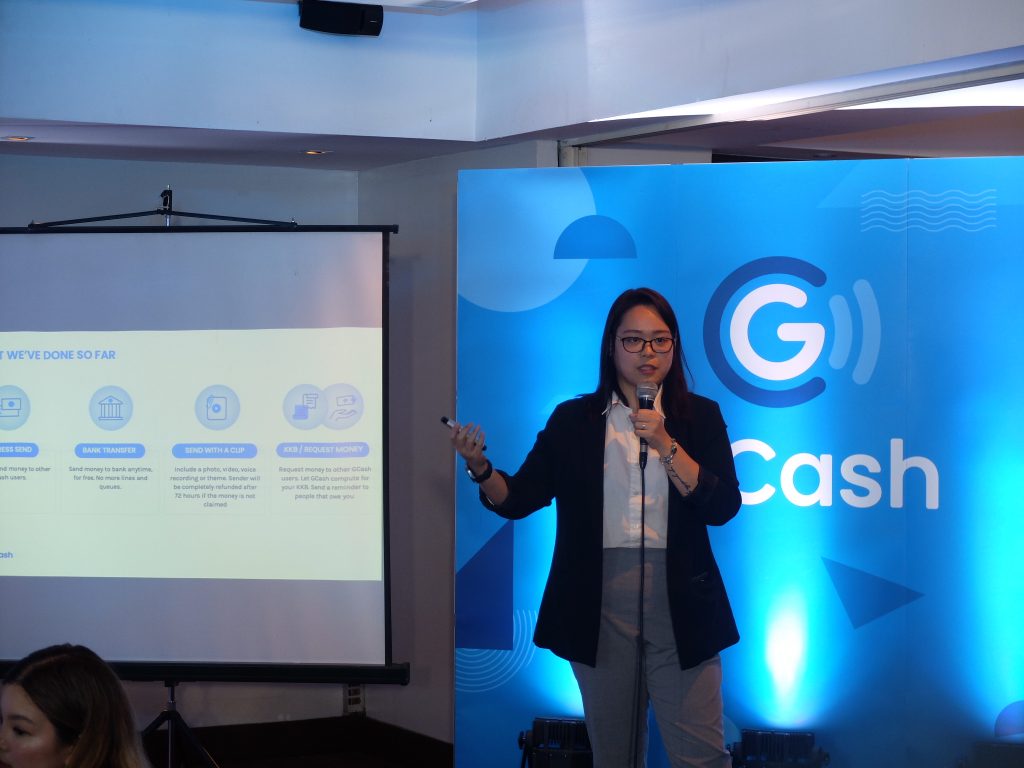
GCash also provides users increased security and peace of mind when using the app with the recent launch of Customer Protect, GCash on Messenger or GCash Mastercard platforms arising from instances such as stolen mobile phones or identity theft.



